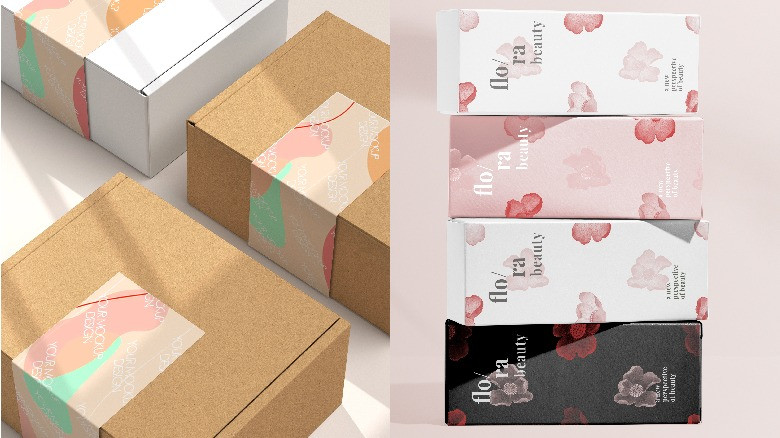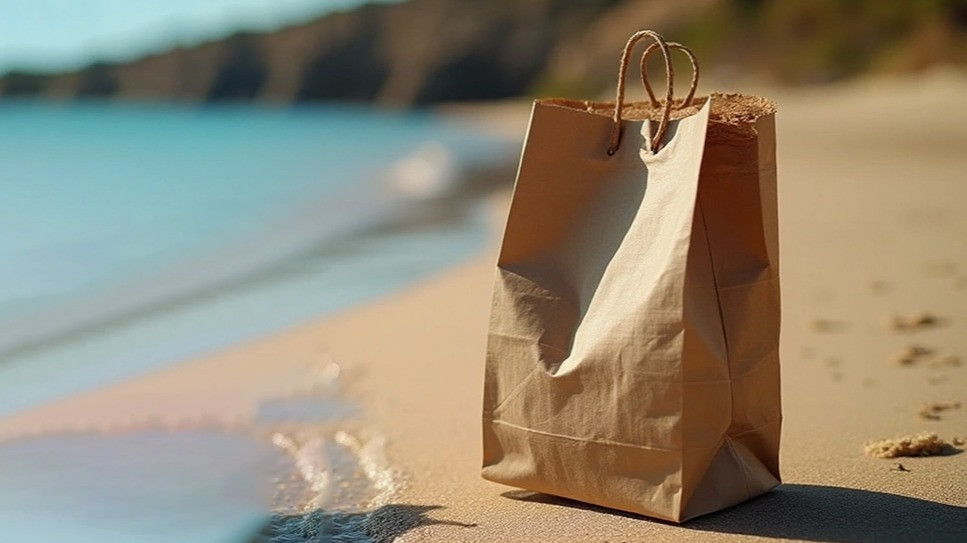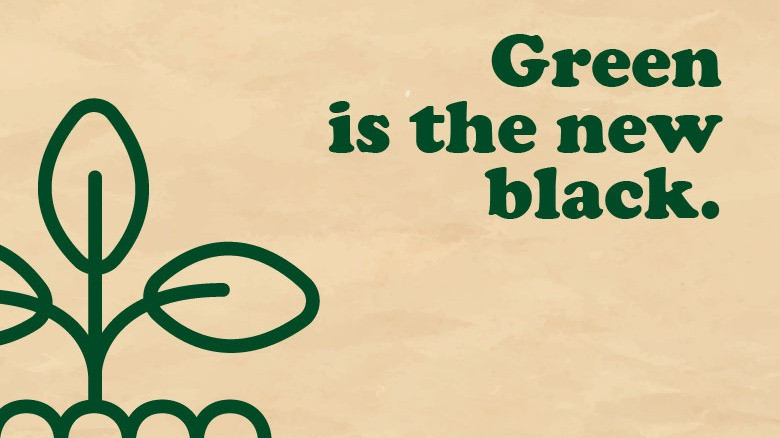Value-Engineered Packaging: Why Your Business Needs It
Evaluate your own packaging and consider: how much unused space is there? How much additional material is used to create this space? How much additional filler material is required to ensure the safe transport of the product within the packaging?
Value-engineered packaging helps reduce the quantity of materials used for packaging while eliminating the need for additional materials, such as filling paper, necessary for the safety and protection of products. Packaging that does not correspond to the actual size of the products has no place in value-engineered packaging. This approach achieves the optimal utilization of materials, reducing packaging costs.
Moreover, the use of lighter materials and the creation of smaller packaging save space required for storage and/or transportation, allowing more products to fit on the same pallet. Lighter packaging contributes to the reduction of transportation costs and, at the same time, is more environmentally friendly.
In the packaging industry, numerous options have been added that take into account the ecological footprint they leave. From packaging made from mushrooms to those certified for sustainable forest management, these solutions may come with higher costs, but the first materials are more challenging to find. If you want to highlight your business's green consciousness, start by economizing on the materials used for your packaging design.
Value-engineered packaging examines all possible solutions to design packaging that serves the needs of product protection and transportation, regardless of their fragility or sensitivity. The process brings about direct and indirect cost reduction, ensuring that the performance and functionality of the packaging are not sacrificed. Personalized packaging solutions are sure to adequately meet the specific needs of your business, enhancing brand awareness as customers recognize your efforts for environmental protection and enjoy the unboxing process even more.






